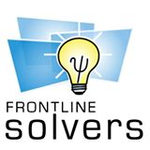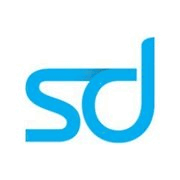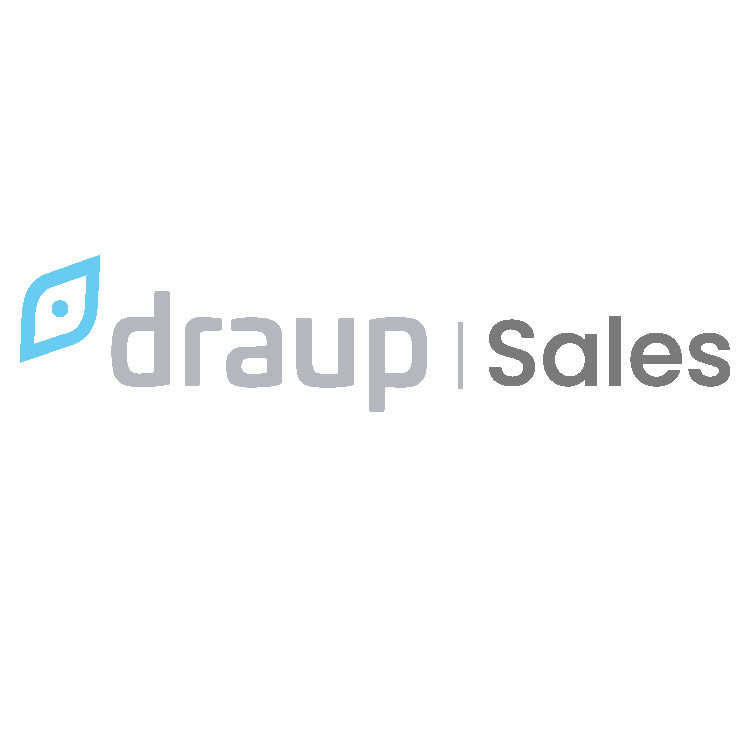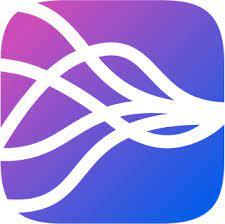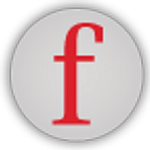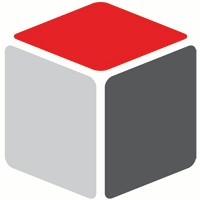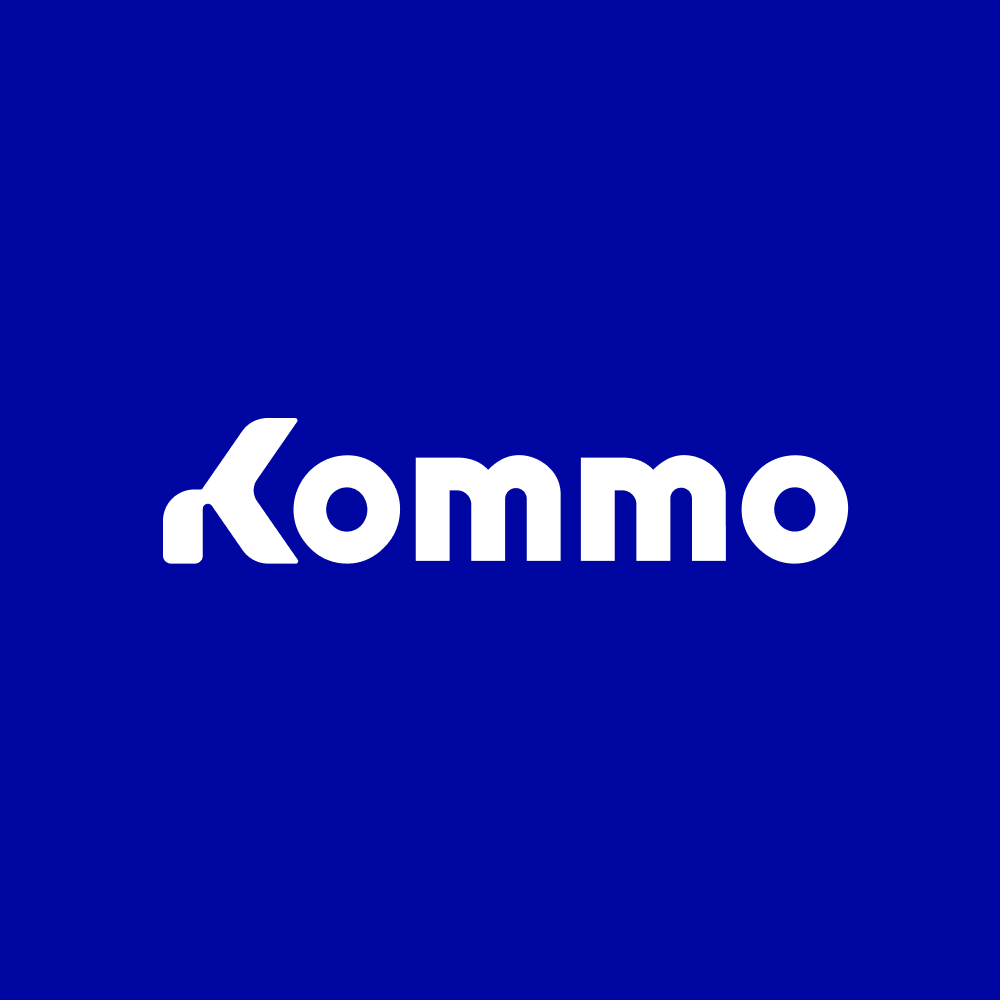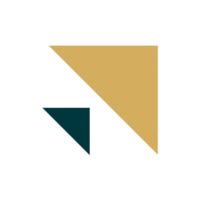What Is Sales Forecasting Software?
Sales forecasting software is a strong tool that combines past sales data and other pertinent information to forecast future sales patterns. It assists firms in making educated decisions by offering accurate forecasts of future sales income and highlighting prospective possibilities or obstacles. This software uses powerful algorithms and statistical models to evaluate data and make forecasts, taking into consideration seasonality, market trends, and historical patterns.
One of the primary benefits of sales forecasting software is its capacity to collect and aggregate data from a variety of sources, including CRM systems, POS systems, marketing campaigns, and industry studies. This allows firms to have a full understanding of their sales performance and make data-driven decisions. It also eliminates the need for manual data entry, saving time and lowering the risk of human error.
Furthermore, sales forecasting software includes extensive analytics and visualization tools to help users understand and interpret complex data. This enables organizations to detect possible sales opportunities, efficiently manage resources, and alter their tactics as needed. It also delivers real-time data, allowing firms to monitor their progress and change as needed.
Another advantage of sales forecasting software is its capacity to generate many scenarios based on various assumptions, allowing firms to plan for various outcomes and identify potential risks. This functionality is especially useful for organizations operating in quickly changing markets or with a diverse product portfolio. When contemplating acquiring sales forecasting software, it is critical to select a solution that fulfills your specific company requirements and interacts easily with your current systems.
Look for software that allows you to customize forecasting models, synchronize data in real time, and safeguard your data with solid security measures. In addition, examine the provider's simplicity of use and customer support to ensure a seamless implementation and continued support.
What Are The Recent Trends In Sales Forecasting Software?
In recent years, organizations of all sizes and industries have increased their usage of sales forecasting software dramatically. This increase in popularity can be linked to numerous new trends in the sales forecasting software industry. As a buyer, it is critical to stay current on these trends in order to make an informed selection when choosing the best sales forecasting software for your company.
Here are the top three current trends in sales forecasting software that you should be aware of.
1. AI And ML Are Transforming Sales Forecasting Software: These technologies are being incorporated into sales forecasting software to improve accuracy and predictive capabilities. Sales forecasting software using AI and ML can scan massive volumes of data and uncover patterns and trends that humans may overlook. This enables more accurate and real-time sales estimates, giving organizations a competitive advantage in the market.
2. Cloud-Based Sales Forecasting Software: is increasingly popular among enterprises. This tendency is primarily driven by the demand for remote work and collaboration, particularly in light of the COVID-19 pandemic. Cloud-based solutions provide the benefit of anytime, anywhere access, allowing sales teams to update and access information in real time. Furthermore, cloud-based sales forecasting software eliminates the need for expensive hardware and infrastructure, making it a more affordable solution for enterprises.
3. Sales Forecasting Software: is becoming more comprehensive and integrated into other company systems. Many sales forecasting software now integrates with CRM, ERP, and other sales and marketing automation systems rather than being used on its own. This integration enables a seamless flow of data between systems, giving organizations a more complete picture of sales performance and allowing them to make better decisions. Furthermore, this trend reduces the need for manual data entry, saving time and lowering the likelihood of errors.
Benefits Of Using Sales Forecasting Software
Using sales forecasting software provides various advantages for firms that want to estimate future sales and make data-driven decisions.
Here are some of the main advantages of using this type of software:
1. Improved Accuracy: Sales forecasting software generates accurate projections by utilizing powerful algorithms and data analysis techniques. This produces more precise sales estimates than traditional methods like manual computations or spreadsheets.
2. Time-Saving: Sales forecasting software saves firms a substantial amount of time by utilizing automated features and real-time data updates. It eliminates the need for manual data entry and calculations, freeing sales teams to focus on more vital activities.
3. Better Sales Planning: By providing insights into expected sales statistics, this software assists firms in properly planning and allocating resources. They can make sound decisions about product inventory, staffing, and budgeting for upcoming sales periods.
4. Identify Trends And Patterns: Sales forecasting software analyzes past sales data to identify trends and patterns in customer behavior, market demand, and sales success. This information can be critical in developing efficient sales tactics and establishing realistic sales goals.
5. Increased Sales: Businesses that use accurate projections and good planning can see a rise in sales. This program helps firms find new possibilities and act on them, resulting in increased revenue and profitability.
6. CRM Integration: Many sales forecasting tools may be smoothly integrated with customer relationship management (CRM) systems, giving you a comprehensive picture of your sales data. This interface can assist identify potential leads and track the status of sales opportunities, resulting in greater conversions.
7. Cost-Effective: While investing in sales forecasting software may appear to be an additional expense at first, the benefits it provides can result in significant long-term cost savings. Businesses can save money and boost their profits by eliminating manual errors, improving sales planning, and increasing efficiency.
Important Factors To Consider While Purchasing Sales Forecasting Software?
When it comes to choosing sales forecasting software, various variables must be considered in order to make an informed decision. As a buyer, you must examine the software's features, cost, and usability. First and foremost, assess the capabilities of the sales forecasting software. Look for capabilities like data visualization, precise predictions, and connection with existing sales and CRM systems.
These features can significantly increase the efficiency and accuracy of your forecasting process. Second, pricing plays an important role in the decision-making process. It's critical to evaluate price plans from various software suppliers and choose which one provides the best value for your money. Keep in mind that some software may include a free trial period, allowing you to test its features and operation before making a purchase.
Additionally, assess the software's usability. It should have a simple and easy-to-use UI. This will help ensure that your staff can readily adopt and maximize the software's capabilities. The software provider's reputation and customer support are also crucial considerations. Look for user reviews and ratings to acquire a better understanding of the software's functionality and customer happiness.
In addition, check to see if the provider provides dependable and prompt customer help in the event that you face any software troubles. Finally, consider the scalability of the software. As your company grows, your forecasting requirements may change, so it's critical to select software that can allow future expansion and is easily modified to match your changing demands. Overall, by carefully considering the sales forecasting software's features, pricing, usability, reputation, and scalability, you can make an informed purchasing decision that best meets your company's objectives and goals.
What Are The Key Features To Look For In Sales Forecasting Software?
Sales forecasting software may be a vital tool for firms of all kinds, allowing them to predict future sales and make key decisions. However, with so many options on the market, it can be difficult for customers to evaluate which features are necessary in a sales forecasting software.
To assist with decision-making, below are the essential elements to look for in sales forecasting software:
1. Accurate, Real-Time Forecasting: One of the most important things to look for when selecting sales forecasting software is the ability to deliver accurate and real-time projections. This means that the program must be able to examine previous sales data, current trends, and market conditions in order to generate reliable forecasts regarding future sales. This functionality is critical for organizations who want to make educated decisions and plan for the future successfully.
2. Integration Of CRM And Sales: Data Sales forecasting software should work seamlessly with your CRM system and other sales data sources. This integration enables a full examination of consumer purchasing behaviors, sales cycles, and other critical sales data, resulting in more accurate sales forecasts. It also eliminates the need for manual data entry, reducing the likelihood of human error.
3. Customization And Scalability: The best sales forecasting software should be adaptable and scalable to your company's specific requirements. It should allow you to modify forecasting models, build reports, and evaluate data based on your individual needs. Furthermore, the software should be able to scale with your organization, supporting an increase in data and users without sacrificing efficiency.
4. User-Friendly Interface: A user-friendly interface is essential in sales forecasting software for easy navigation and understanding of complex data. Look for software with a clear and straightforward design that your sales staff and other stakeholders can easily use and interpret. This feature saves time and effort, making predictions more efficient.
5. Machine Learning And AI Capabilities: Sales forecasting software, which incorporates machine learning and artificial intelligence (AI), can continuously learn and adapt to changing sales patterns. This capability enables firms to make more accurate predictions by identifying and analyzing new market trends and patterns.
6. Forecast Visualization: Data visualization may provide useful insights into sales trends, making it a must-have tool in sales forecasting software. Look for software that has configurable and interactive charts, graphs, and dashboards to help you interpret and analyze data.
7. Collaboration And Team Work: Collaboration is essential in the sales forecasting process because it allows various teams within a company to collaborate and share their knowledge and ideas. Top sales forecasting software should include features that promote teamwork, such as data sharing, collaboration tools, and team forecasting.
Why Do Businesses Need Sales Forecasting Software?
Sales forecasting software assists firms in making educated decisions by anticipating future sales patterns based on previous data and market conditions. It gives useful information about a company's sales performance and helps discover areas for development.
Here are the main reasons firms require sales forecasting software:
1. Accurate Sales Predictions: Sales forecasting software makes use of complex algorithms and data analytics to correctly predict sales trends. This information enables firms to make more educated decisions about inventory management, production planning, and marketing tactics.
2. Efficient Resource Management: By precisely estimating sales, organizations may better manage their staff, inventory, and budget. This ensures that resources are allocated efficiently, lowering the likelihood of overspending or shortages.
3. Identify Opportunities: Sales forecasting software can also help you identify possible areas for growth. It can evaluate market trends and competition data to uncover new markets or product lines with high demand, allowing organizations to seize lucrative opportunities.
4. Budgeting And Financial Planning: Effective financial management is critical to running a profitable business. Sales forecasting software offers significant insights into future sales trends, enabling organizations to develop realistic budgets and financial forecasts.
5. Streamline Sales Processes: Sales forecasting software can interact with other company systems, such as CRM and ERP, to simplify the sales process. This lowers data input and manual processes, giving sales teams more time to generate new leads and close deals.
6. Better Decision Making: Accurate sales estimates enable organizations to make better pricing, promotion, and product development decisions. This guarantees that decisions are made using data rather than guessing, lowering the likelihood of costly errors.
How Much Time Is Required To Implement Sales Forecasting Software?
The implementation time for sales forecasting software varies depending on the size and complexity of your organization, the software's unique features and customization possibilities, and the quality of training and support supplied by the vendor. Fully implementing sales forecasting software often takes between a few weeks and a few months.
During the deployment process, you can anticipate to go through a number of processes, including data migration, configuring the software to match your individual business objectives, and teaching your team on how to use the software efficiently. To guarantee a seamless and timely implementation, include key stakeholders from your sales, marketing, and finance departments in the planning and decision-making process.
This will not only help you identify potential barriers or issues, but will also verify that the software is in line with your entire business plan. Furthermore, the vendor's implementation and training support should be carefully evaluated. Seek out providers who provide comprehensive onboarding and training programs, as well as continuous support, to ensure that your team is completely prepared to use the software.
What Is The Level Of Customization Available In Sales Forecasting Software?
The level of flexibility available with sales forecasting software varies substantially depending on the platform. However, most reliable software alternatives provide a high level of flexibility to meet the specific demands of various firms.
Here are some important elements to consider when assessing the extent of customization in sales forecasting software:
1. Data Sources: The capacity to select and integrate data from many sources is a critical component of customization in sales forecasting software. This could include CRM data, financial data, social media data, and so on. The more data sources that can be combined, the more precise and comprehensive the sales estimates will be.
2. Forecasting Methods: Another significant factor to examine is the variety of forecasting methods included in the software. A decent sales forecasting software should provide a variety of approaches, including time series, regression and causal analysis, and machine learning algorithms. This enables firms to select the most appropriate method for their specific requirements.
3. Customizable Variables: Sales forecasting software must also allow for the customization of variables. This enables firms to account for a variety of internal and external variables that may influence their sales, such as market trends, seasonality, and promotions.
4. Reporting And Visualization: Businesses require customizable reporting and visualization tools in order to gain a clear and accurate picture of their sales projections. Look for software that allows you to create bespoke dashboards, charts, and reports to meet your company's specific needs.
5. Scenario Analysis: Another useful customization option in sales forecasting software is the ability to run scenario tests. This enables firms to assess the impact of various scenarios on their estimates, such as price adjustments, market conditions, or new releases.
It's vital to note that the level of customization in sales forecasting software may vary depending on the plan or package you select. Some software may provide additional customisation possibilities for a higher fee. As a result, before making a decision, you must carefully consider your business's needs and budget.
Which Industries Can Benefit The Most From Sales Forecasting Software?
Sales forecasting software may be a significant tool for firms in a variety of industries since it gives critical insights and estimates that help them make informed decisions and drive growth. However, certain industries will gain more from this software than others.
Here are several sectors that could profit significantly from sales forecasting software.
1. Retail: Sales forecasting software can assist retailers predict product demand, optimize inventory management, and plan for seasonal trends. This can lead to higher sales, fewer stockouts, and enhanced profitability.
2. Manufacturing: Sales forecasting software may help manufacturing companies effectively predict demand for their products, allowing them to manage production and inventory levels accordingly. This can reduce overstocking and understocking, resulting in greater cost management and customer satisfaction.
3. E-commerce: Sales forecasting software may assist online firms estimate online consumer behavior, evaluate sales patterns, and enhance inventory management, all of which lead to better customer experiences and higher sales.
4. Hospitality: Hotel and resort owners can use sales forecasting software to predict demand for rooms, events, and services, allowing them to alter price and staffing levels accordingly. This can result in higher income and greater client satisfaction.
5. Healthcare: Sales forecasting software can assist predict patient demand for medical services, helping hospitals and clinics to better manage resource allocation, staffing, and budgeting.
6. Technology: Sales forecasting software can be extremely useful for tech organizations that work with hardware and software items. It can help them estimate demand for new products, plan inventory levels, and create marketing campaigns, resulting in increased sales and growth.
7. Consumer goods: Sales forecasting software may help organizations in the consumer goods market predict demand for their items, optimize inventory levels, and plan promotions and discounts. This can lead to higher revenue and improved customer loyalty.
Conclusion
To summarize, sales forecasting software is an effective tool that may help organizations of all sizes and industries. It enables businesses to make educated decisions, optimize resources, and drive revenue development by providing accurate and dependable projections. When weighing your alternatives, keep in mind the important features and considerations covered in this buyer's guide, such as integration capabilities, customization possibilities, and customer support.
Additionally, examine your organization's specific demands and goals to verify that the software you select genuinely matches your expectations. With the appropriate sales forecasting software, you can stay ahead of the competition, boost sales performance, and achieve long-term success. So, take the time to thoroughly investigate and compare many options before selecting the one that best meets your business aims and budget. Remember that investing in trustworthy and effective sales forecasting software is an investment in your company's long-term success. Thank you for reading this tutorial, and best wishes on your software search adventure!



